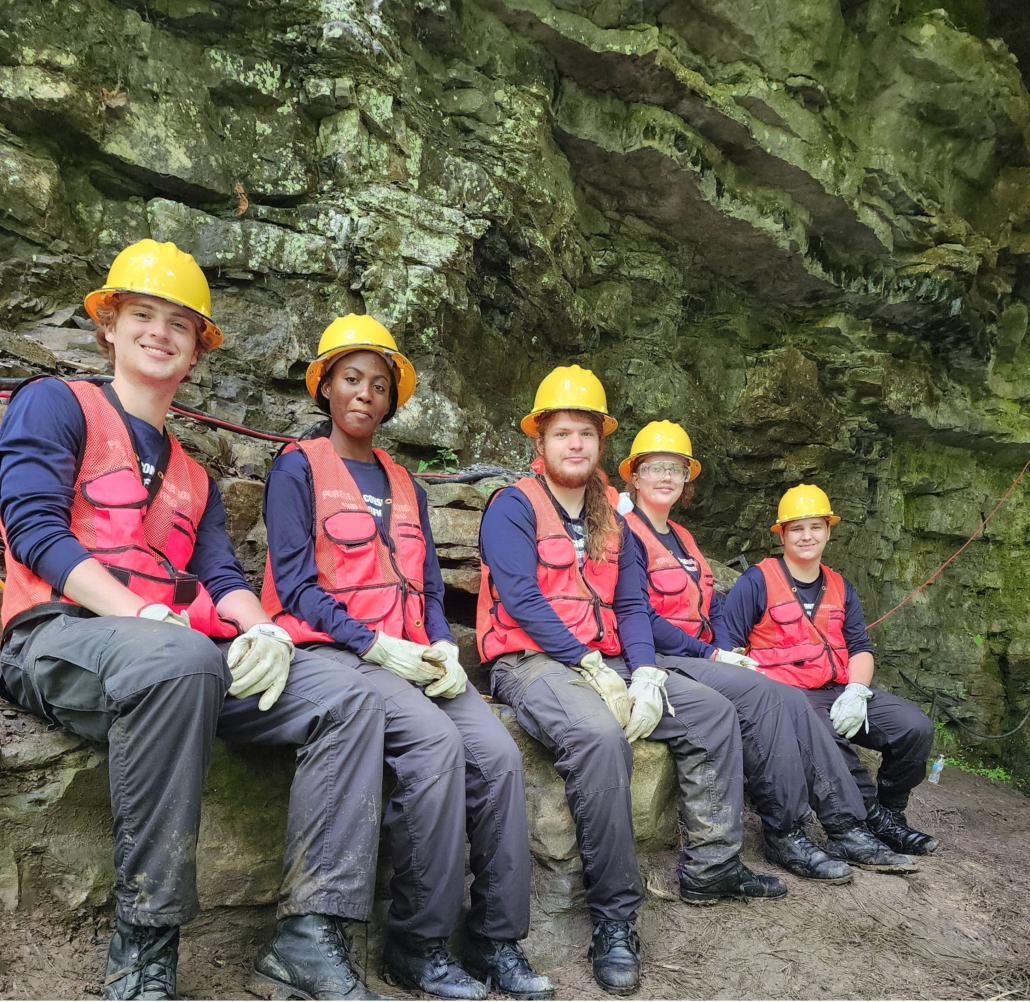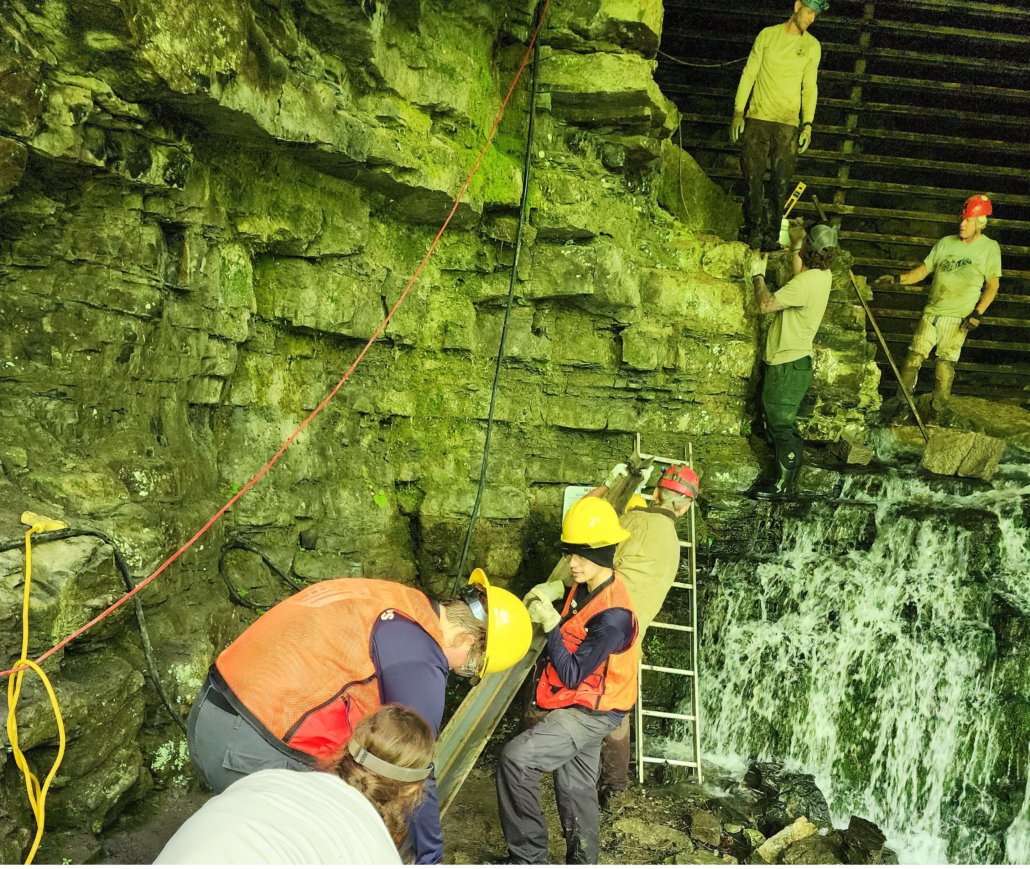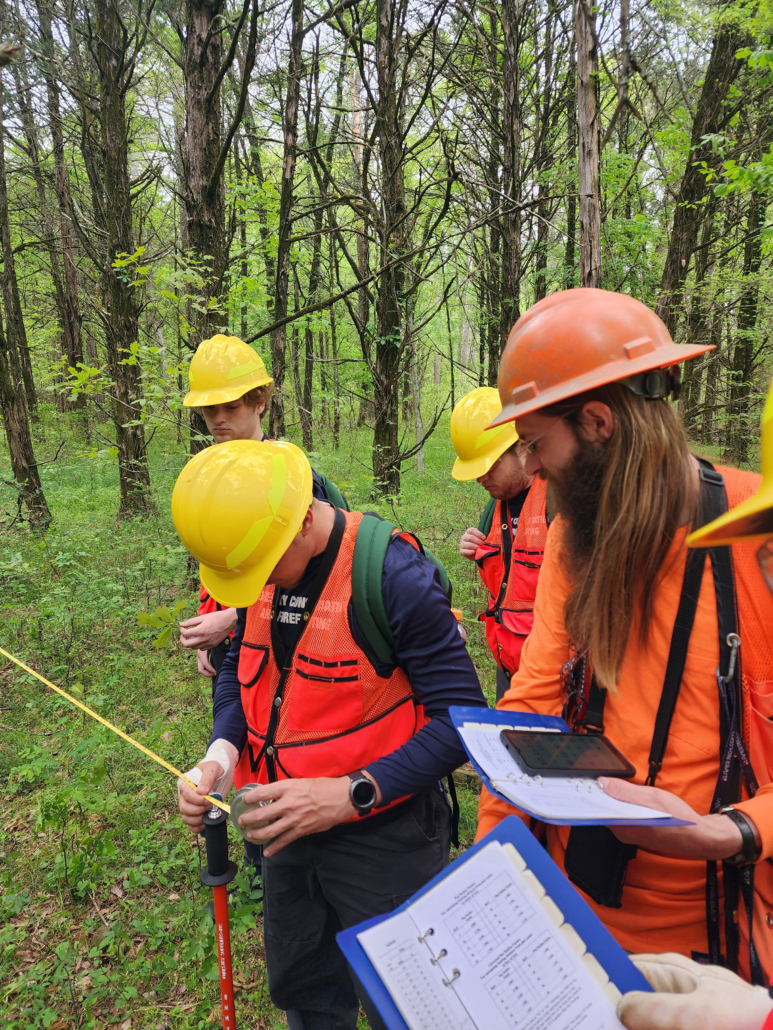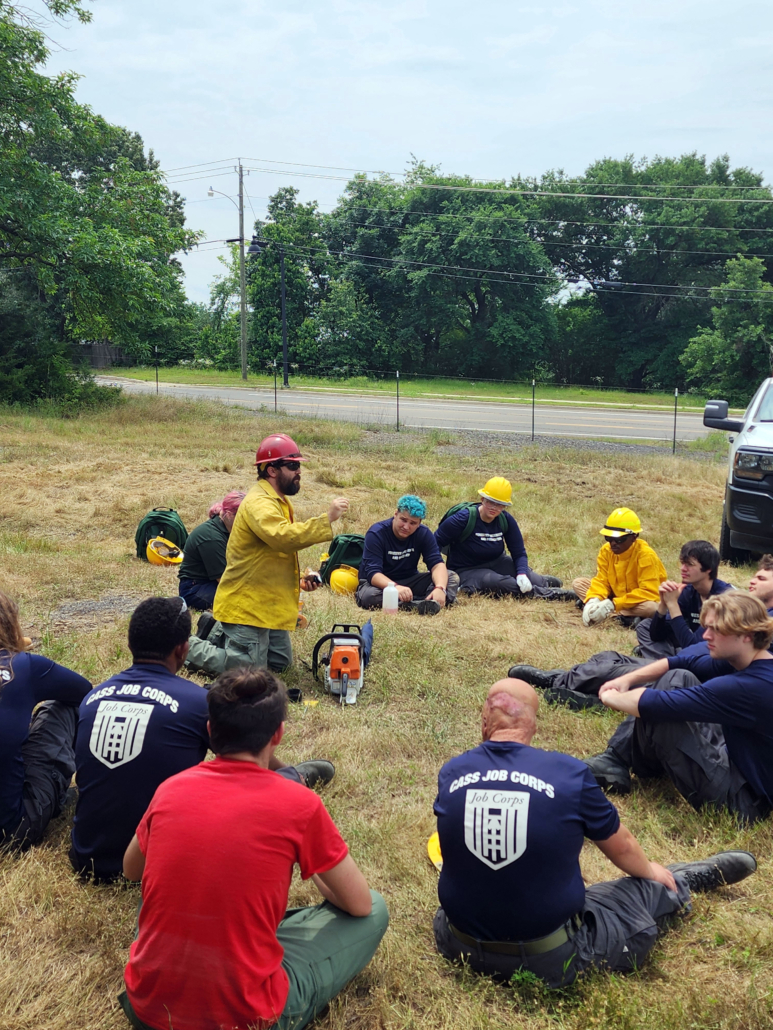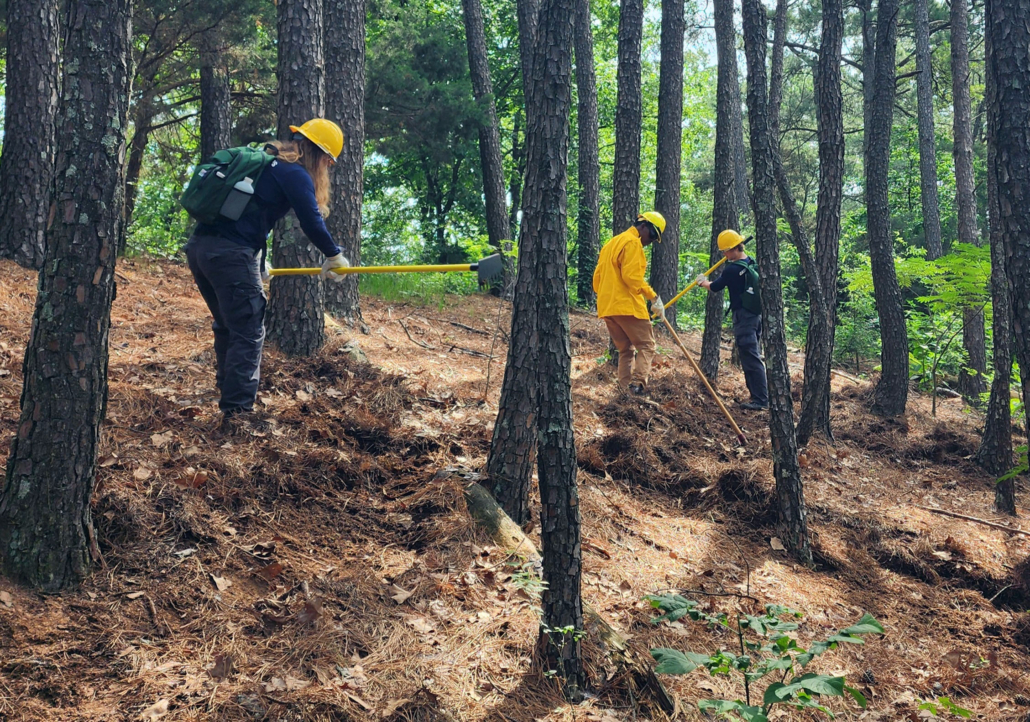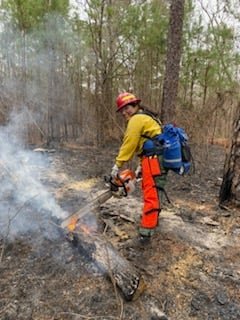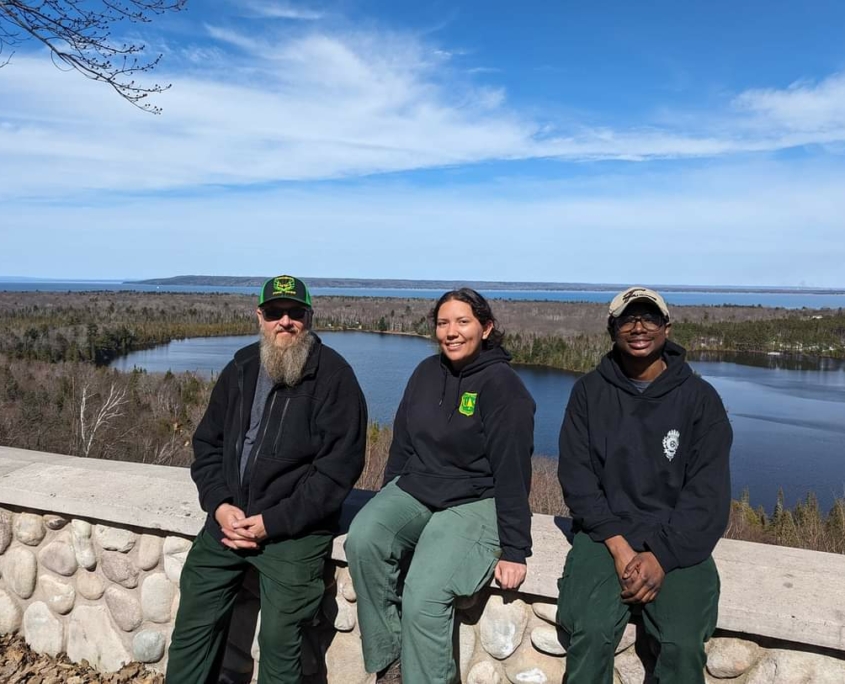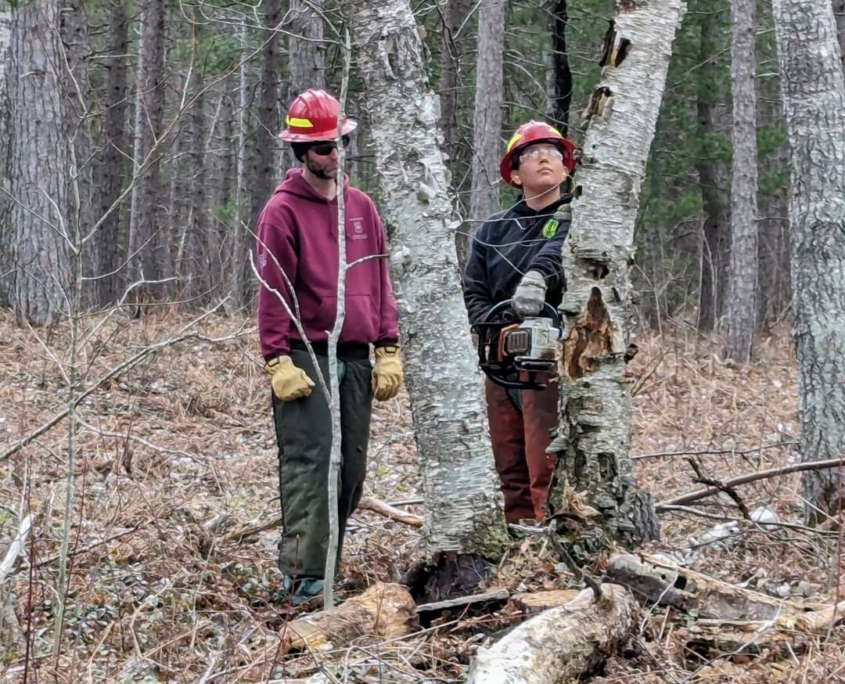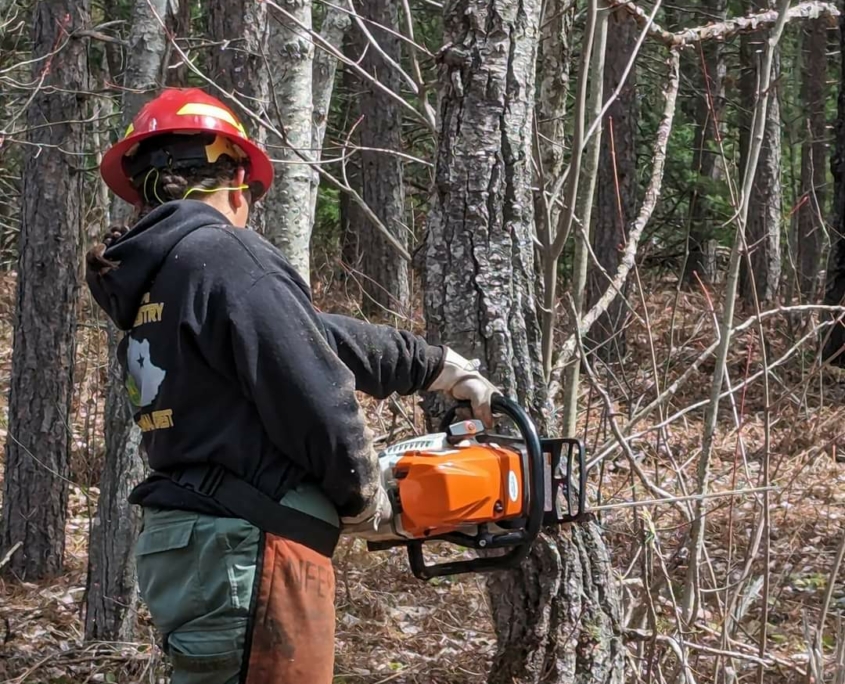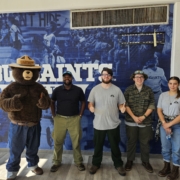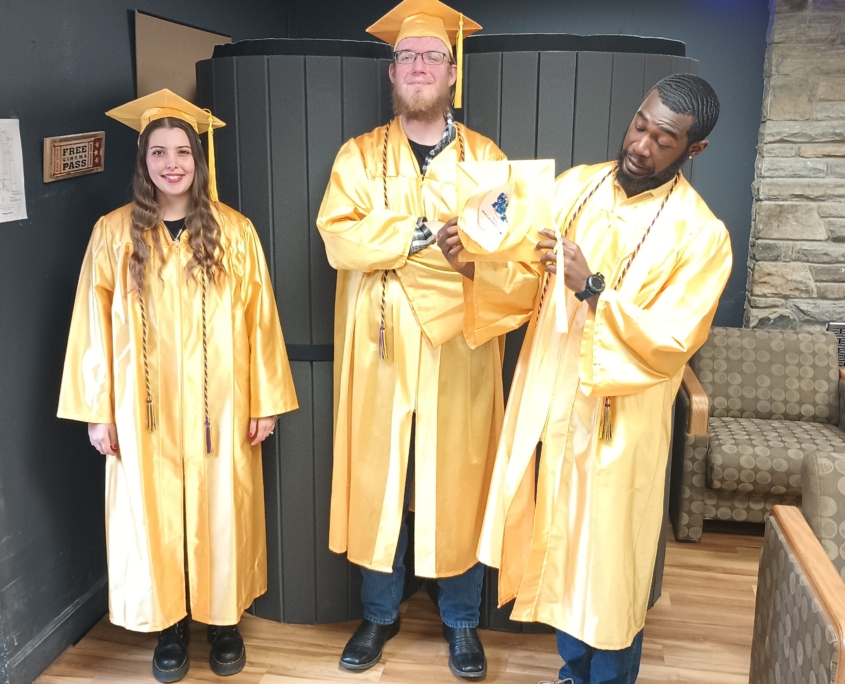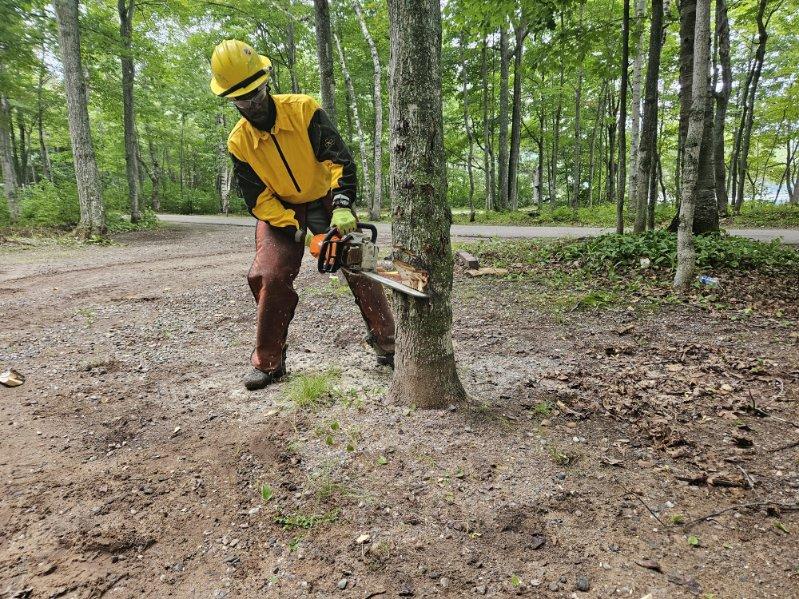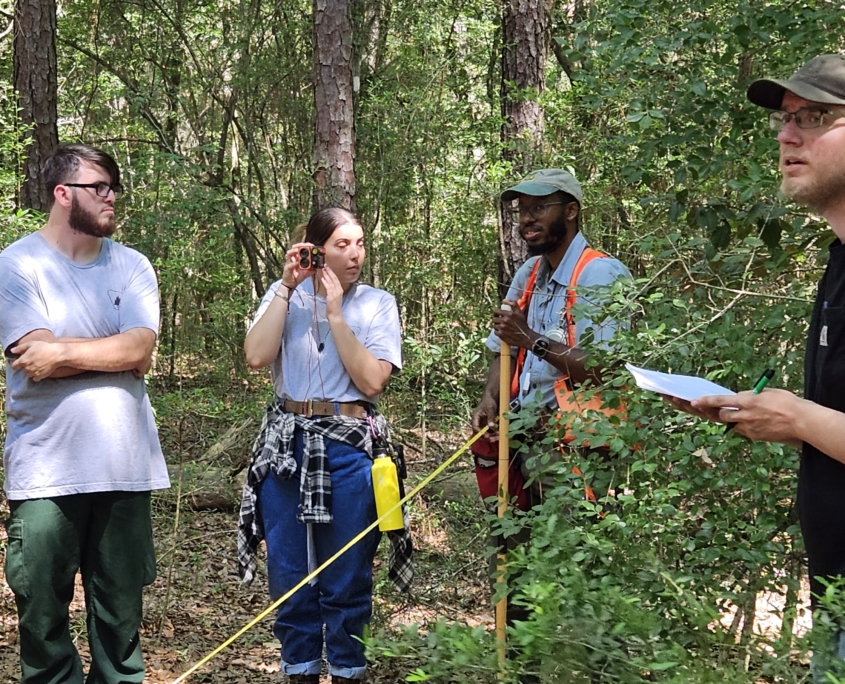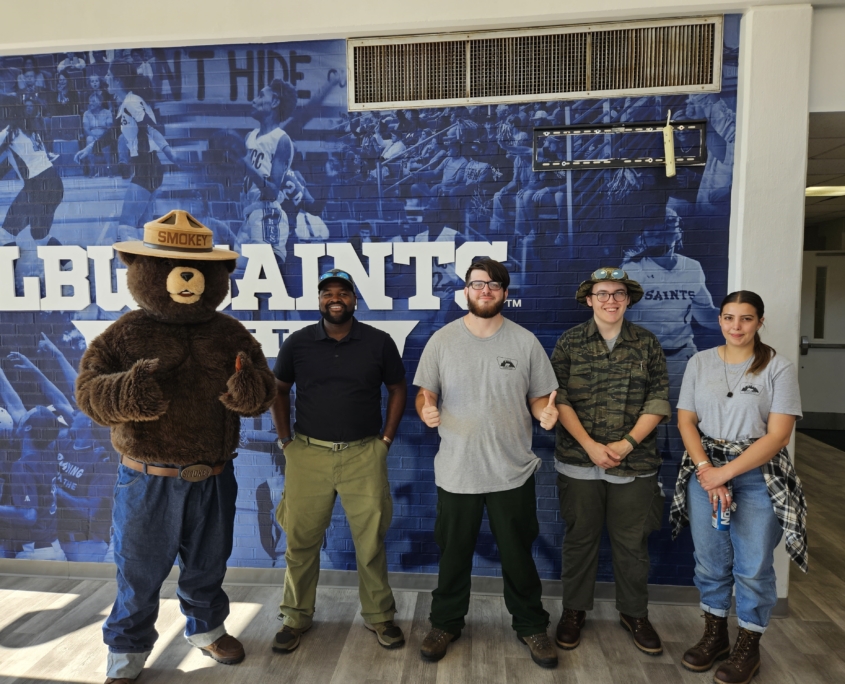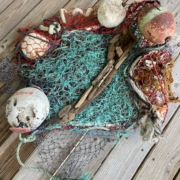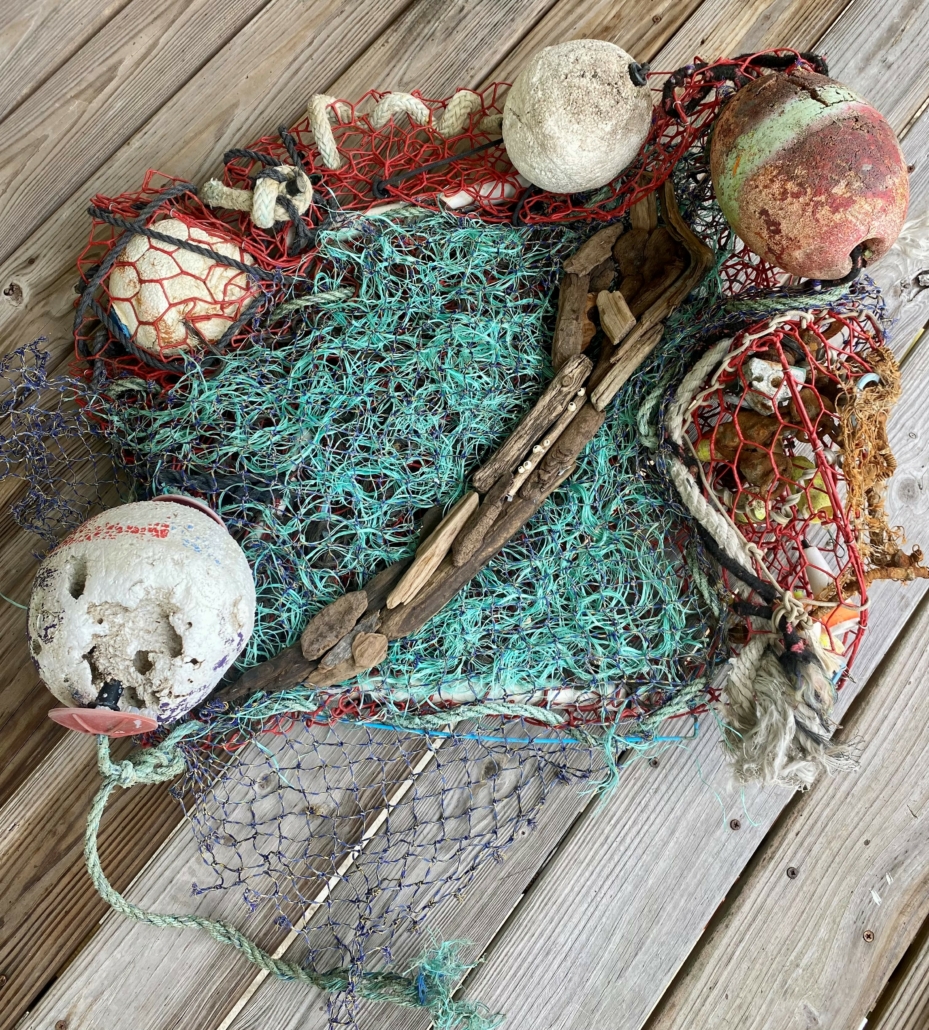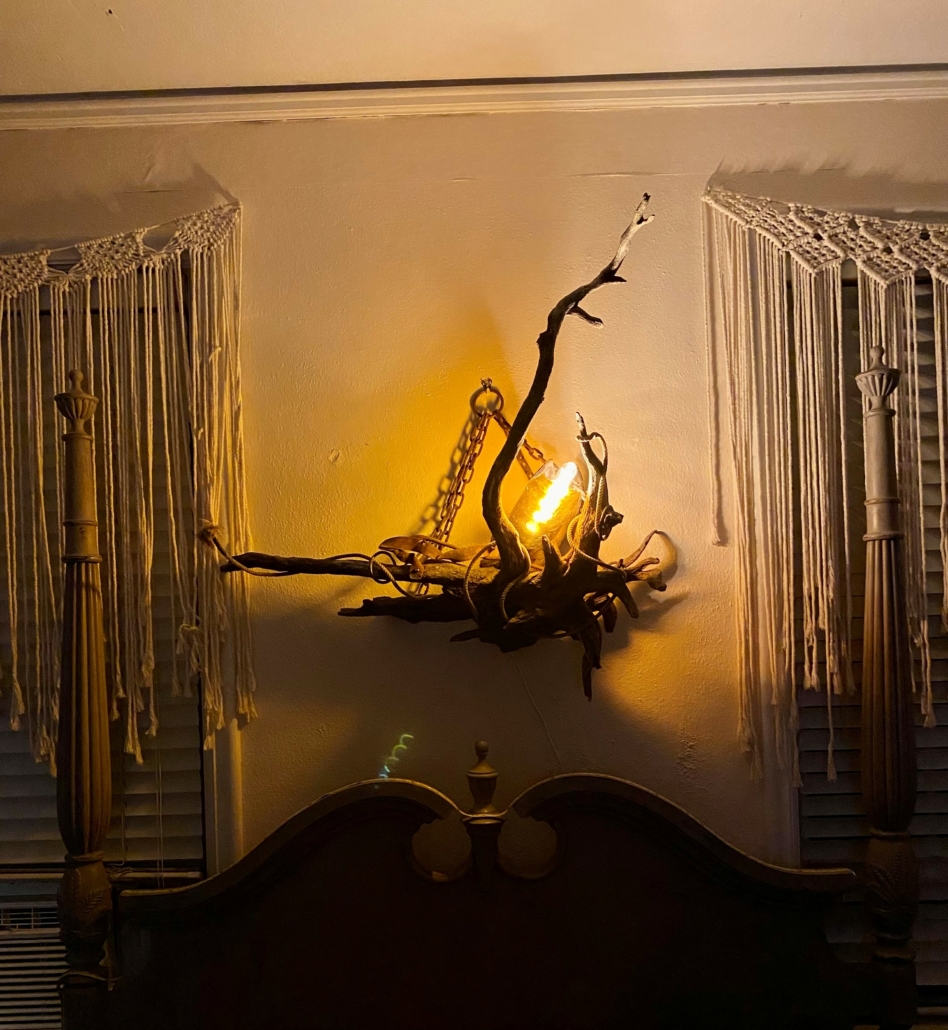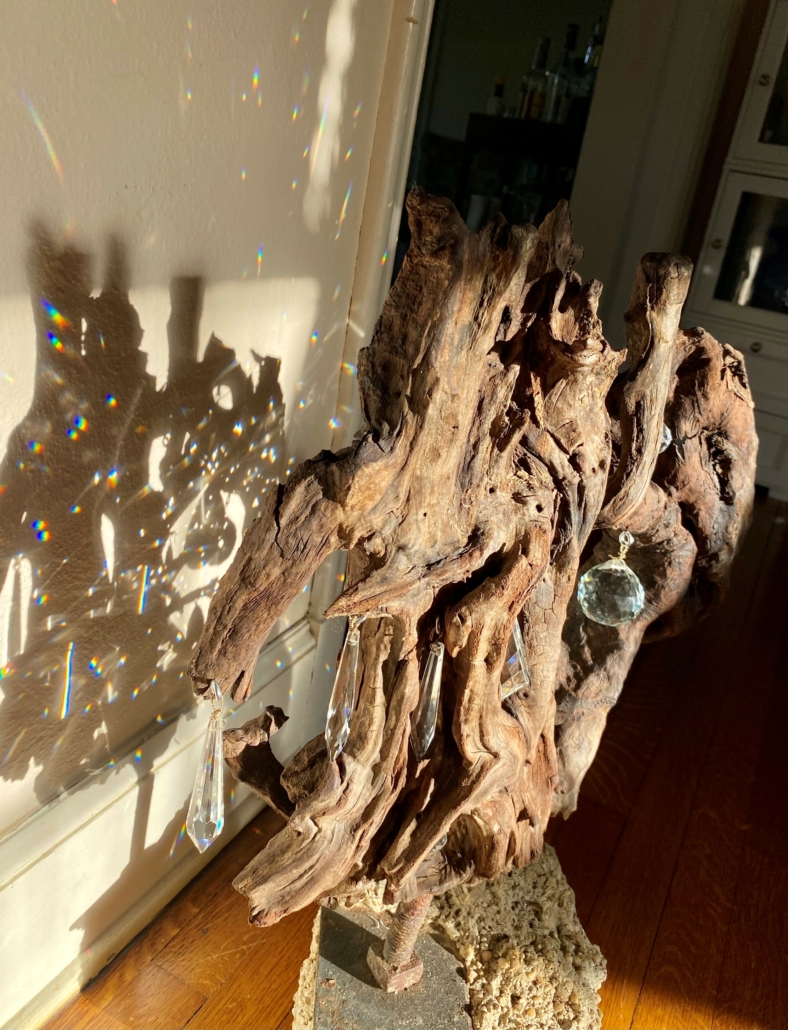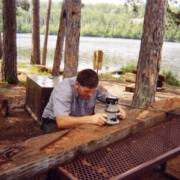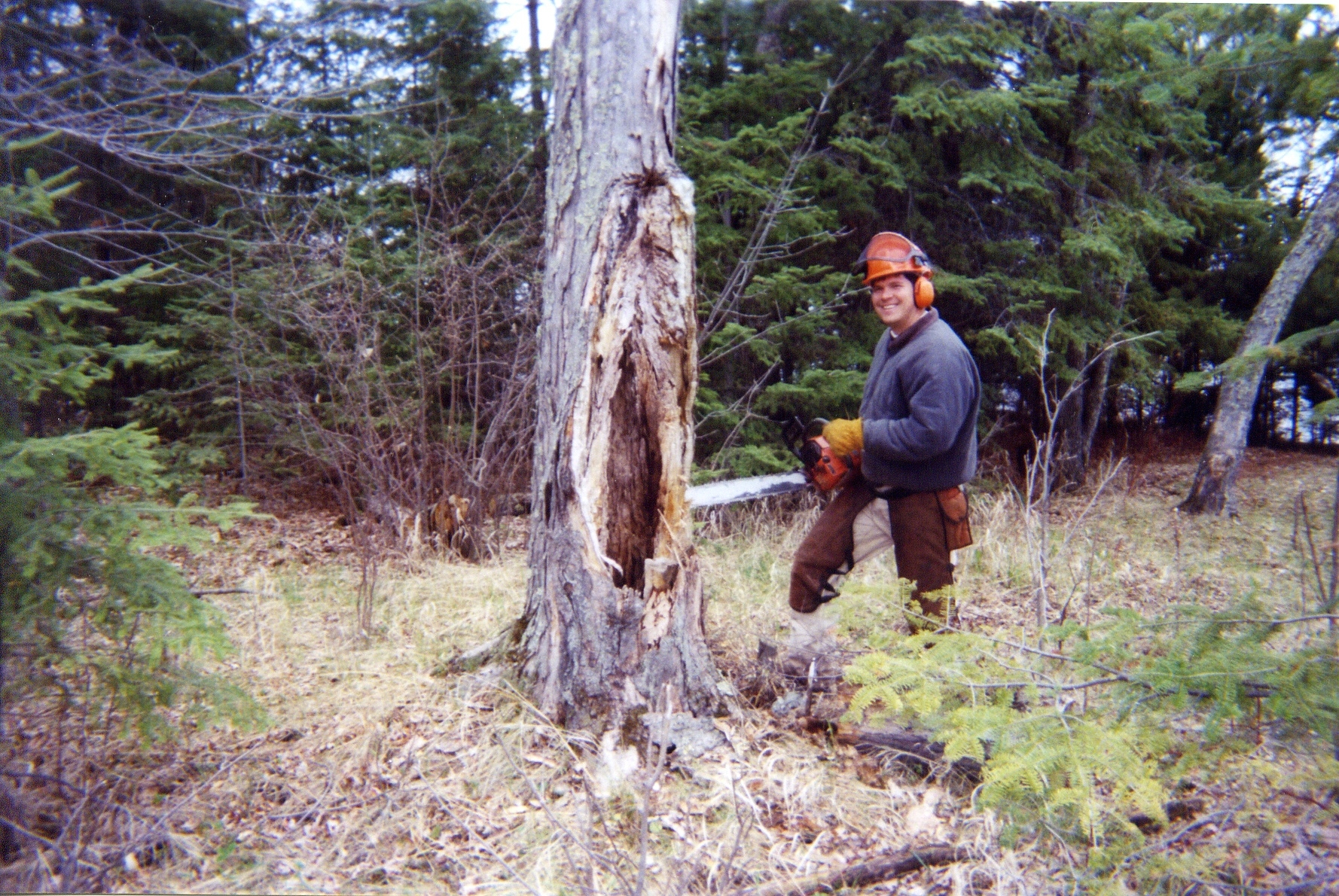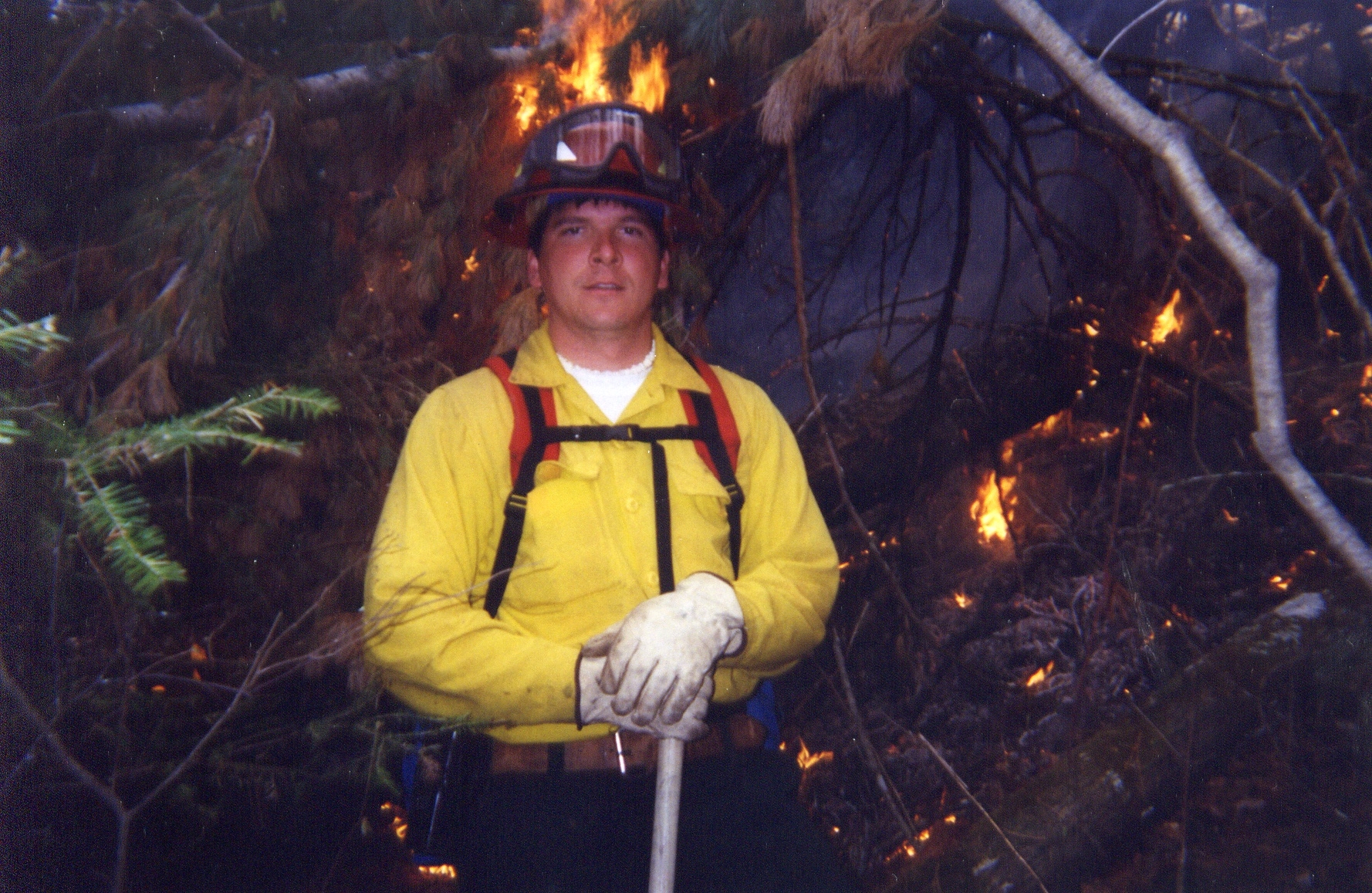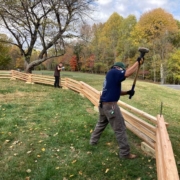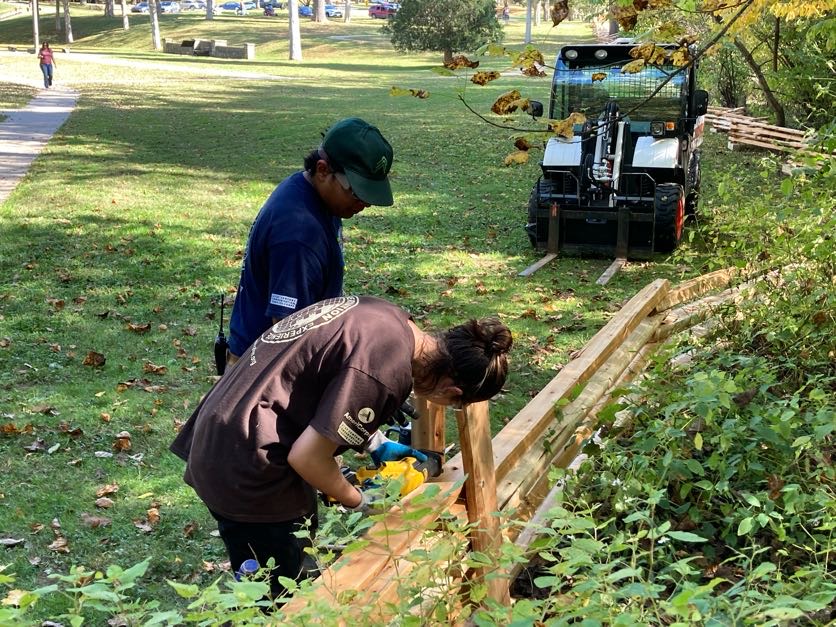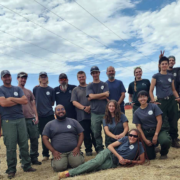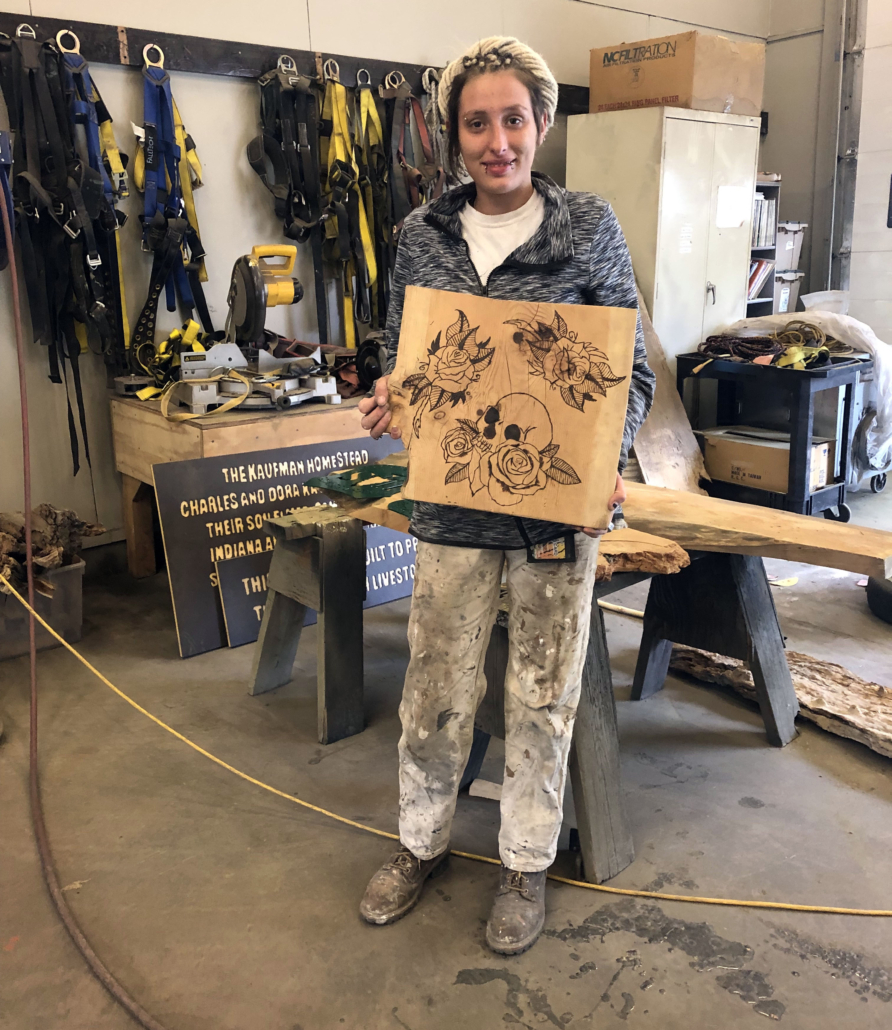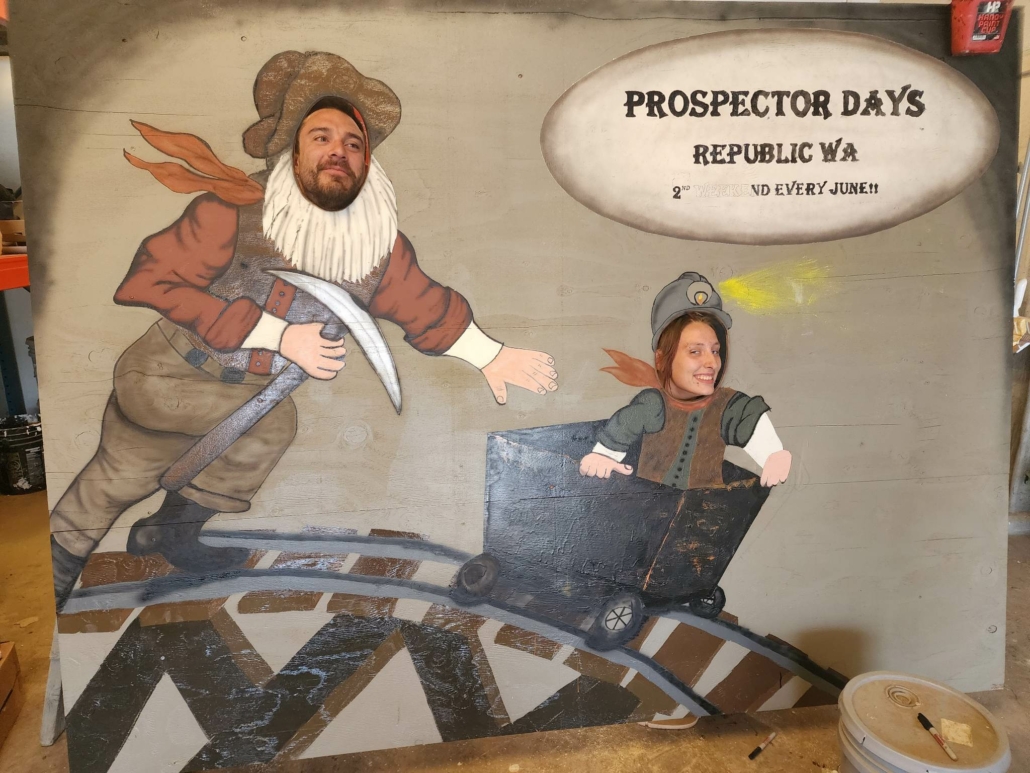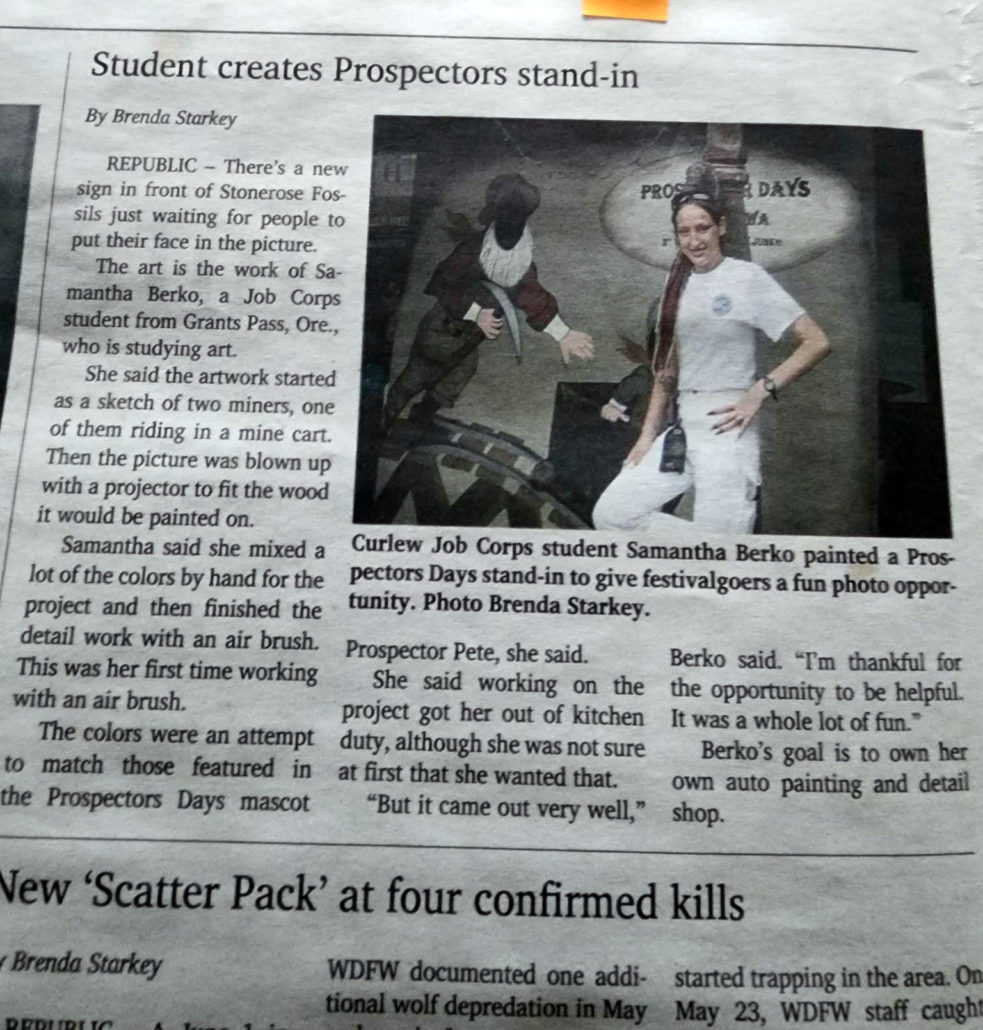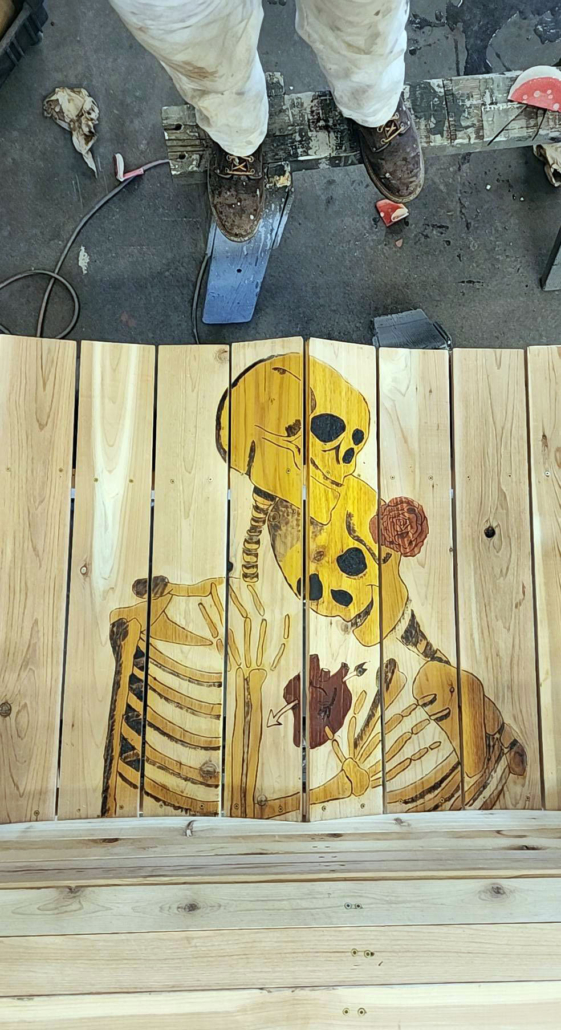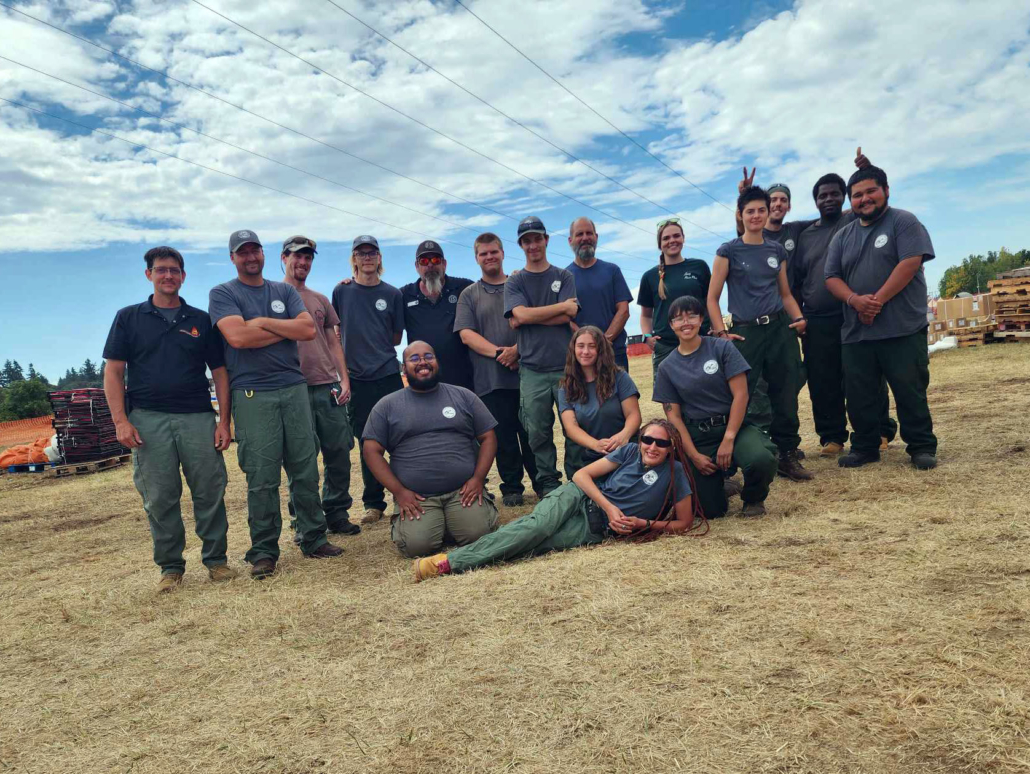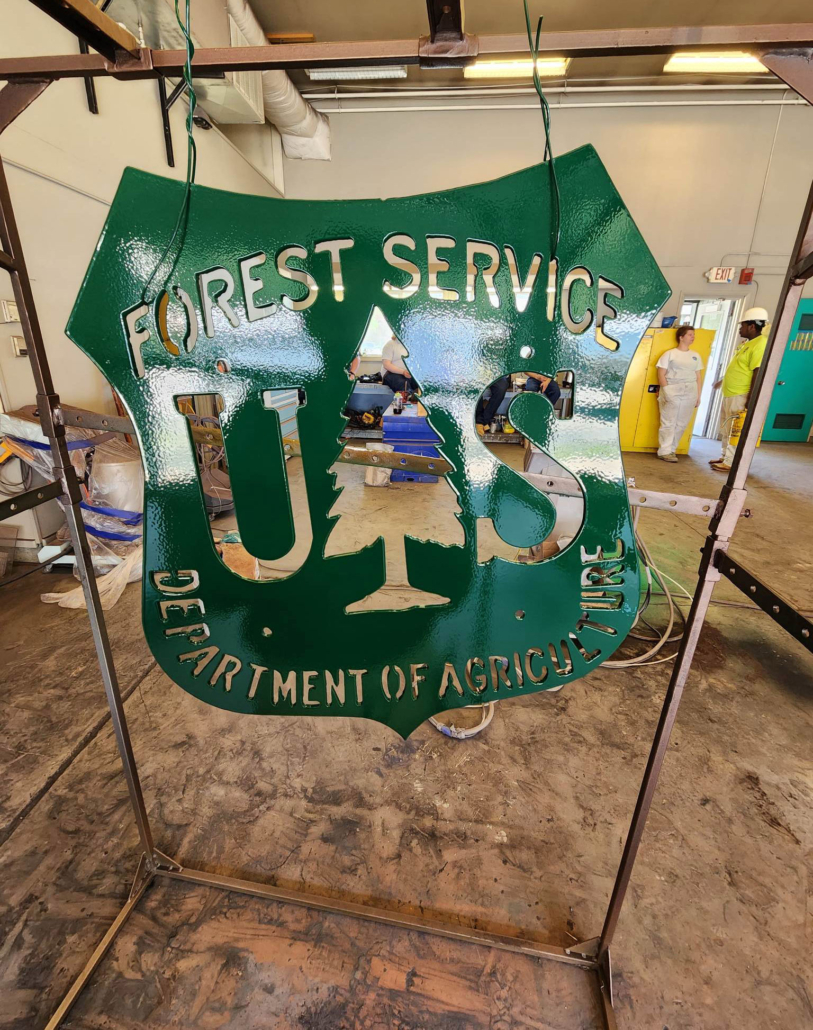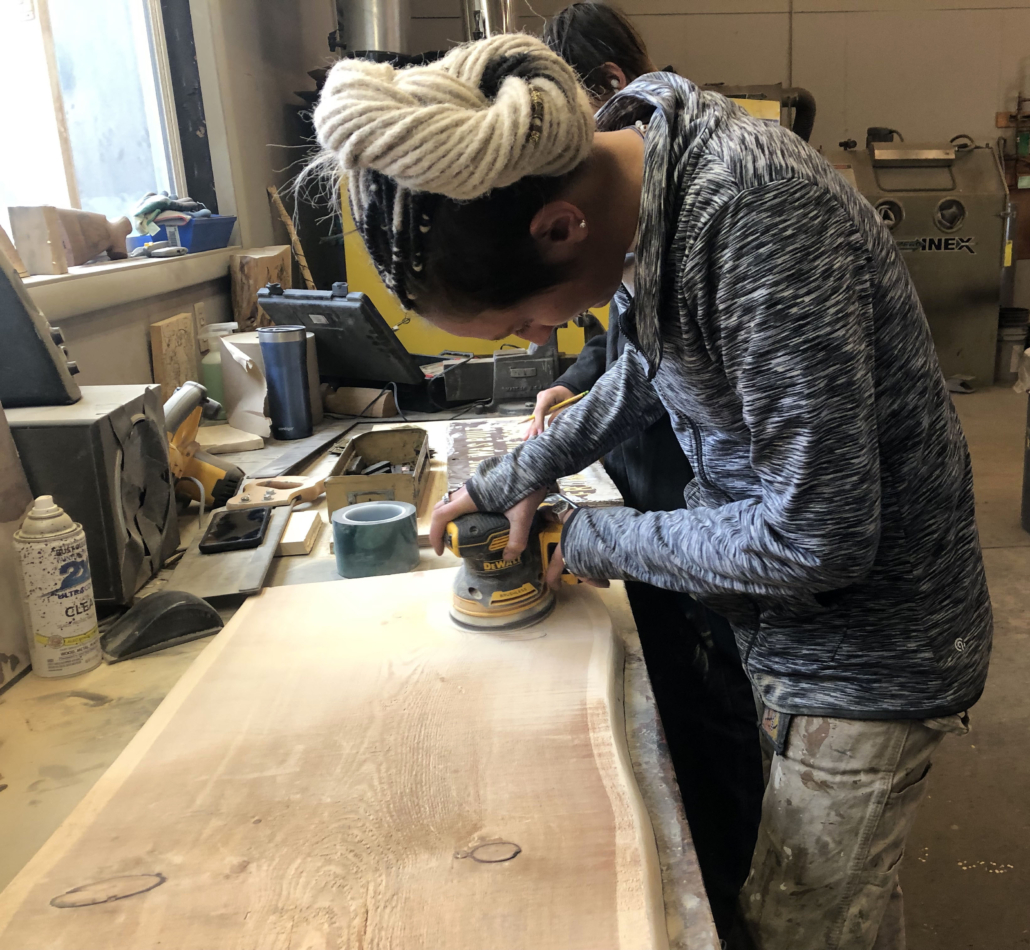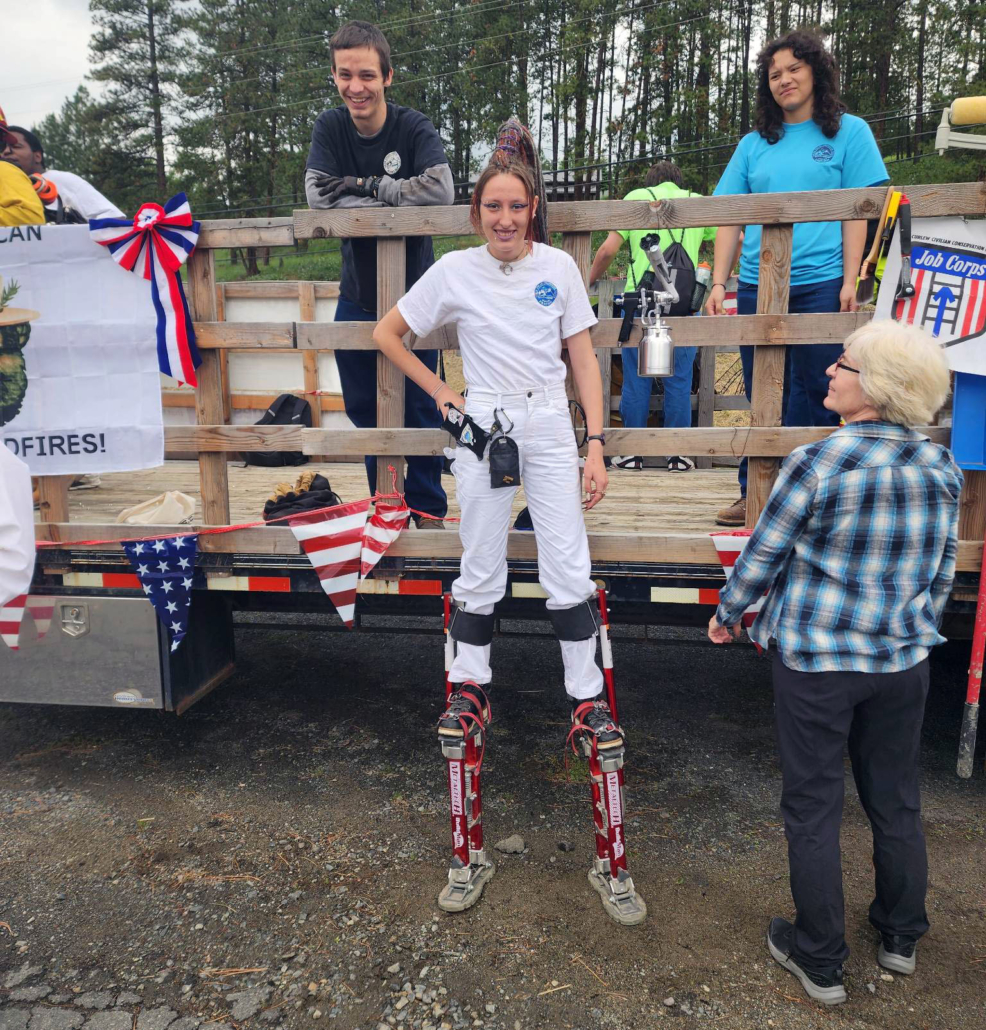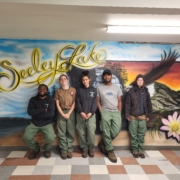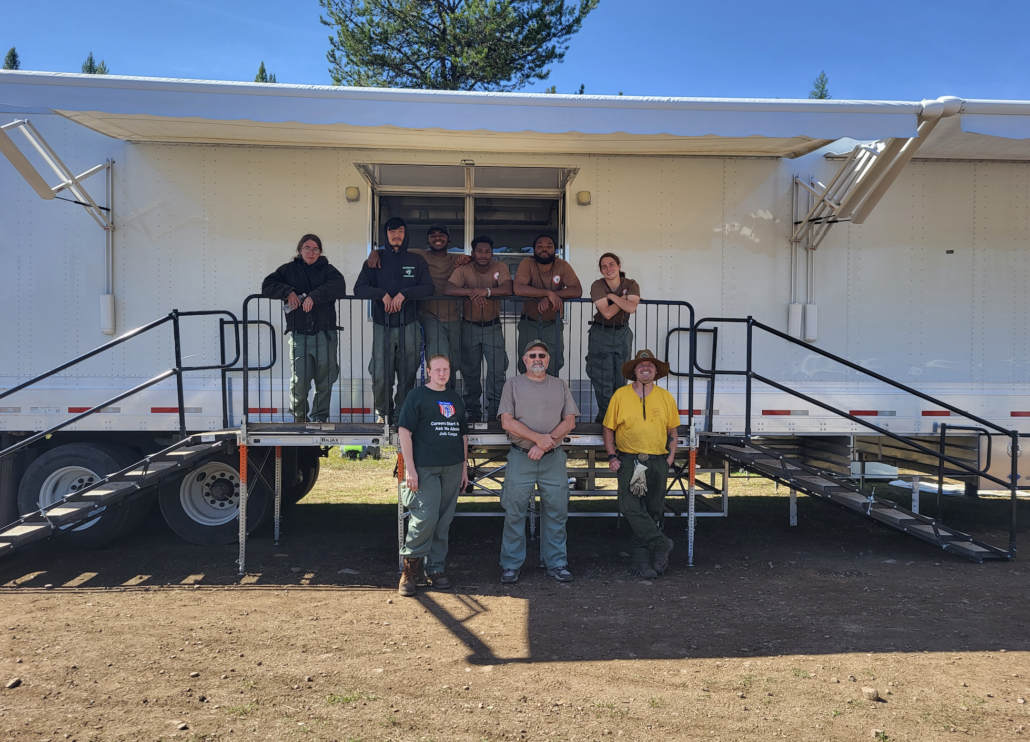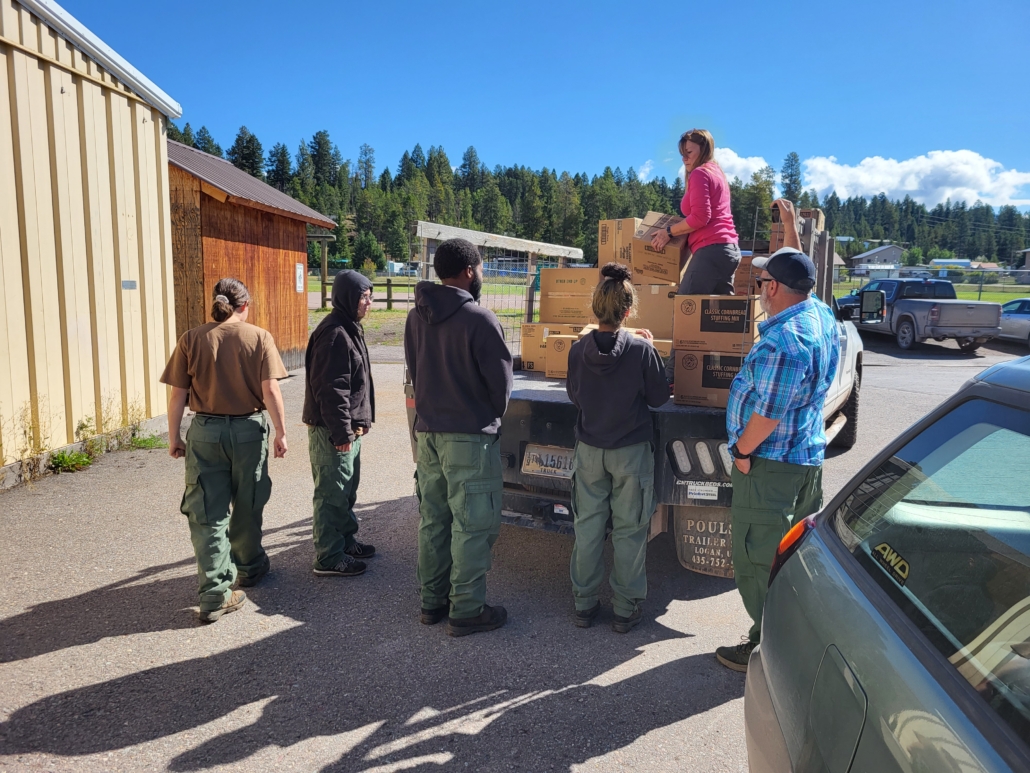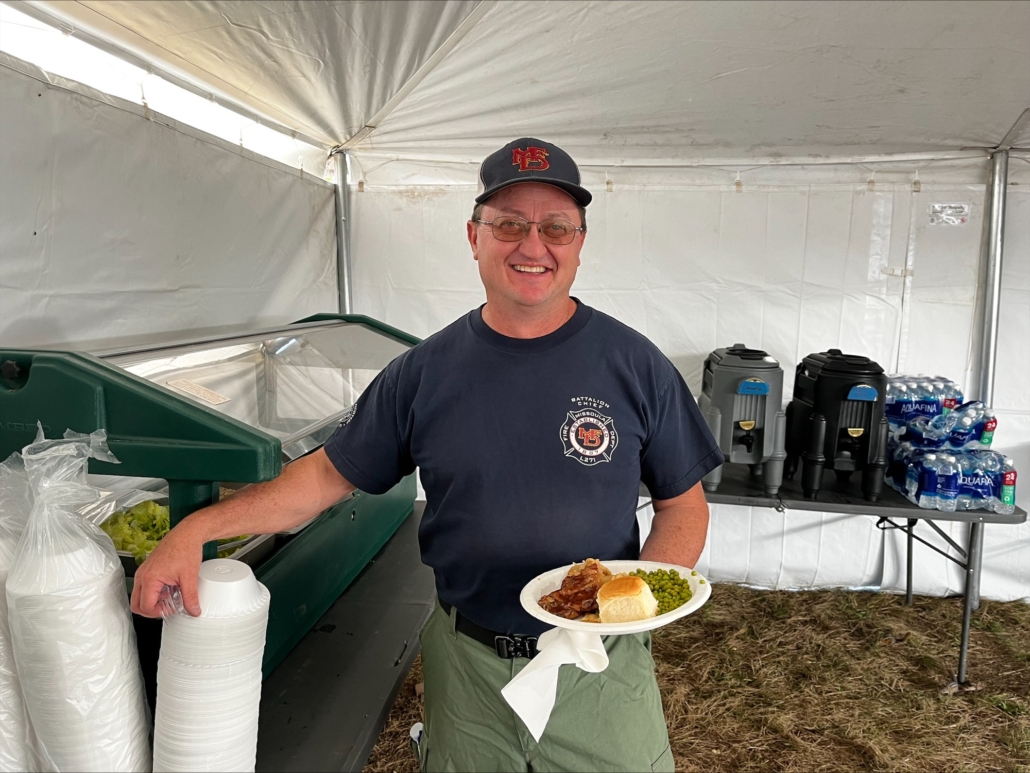#CorpsKudos Video Challenge
WHAT?
The Corps Network is hosting a video contest this August on Instagram and TikTok! This year’s campaign invites Corps programs and Corpsmembers to give a shoutout to individuals who have enhanced their Corps experience and project outcomes.
You can give kudos to Corpsmembers, Corps staff, program partners, crew, community members, and more. #CorpsKudos recipients should be an irreplaceable team member or Corps supporter.
There are cash prizes! You AND the person or organization you give a #CorpsKudos to could be eligible to win (see PRIZE INFO section below).
#CorpsKudos videos can focus on career growth, self-confidence, leadership skills, friendship, exercise, mental health support, camaraderie, and more.
PRIZE INFO
- What are the prizes? (see the “How will the prizes be distributed question below?” for more details).
- 1st place: $1,000
- 2nd place: $500
- 3rd place: $250
- Who is eligible to win a prize?
- Member organizations of The Corps Network
- Corpsmember serving in member organizations of The Corps Network
- Staff at member organizations of The Corps Network
- How will prizes be delivered?
- We will send the prizes via check or electronic payment to the winning Corps or individual Corpsmember. If a Corps program is selected, we will leave it to your organization to determine how best to use or distribute the prize. Remember, only Corps programs, Corps staff, and Corpsmembers are eligible to win cash prizes.
- How will the prizes be distributed?
- Winning Corps and Corpsmembers may wish to split their cash prize with their nominee if the #CorpsKudos recipient is a Corps staff member or a fellow Corpsmember.
- For example: The 1st place video creator would earn $500, and the remaining $500 would be awarded to their nominee if their nominee is a fellow Corpsmember or part of Corps staff.
- Corps and Corpsmembers who nominate a partner or community member are still eligible to win, but nominated partners and community members are not eligible to win a cash prize.
- For example: The 1st place video creator would earn $1,000 if their nominee is not a Corpsmember or part of Corps staff.
- Winning Corps and Corpsmembers may wish to split their cash prize with their nominee if the #CorpsKudos recipient is a Corps staff member or a fellow Corpsmember.
- When will winners be announced?
- We will announce the winners in September after Labor Day through our social media channels and The Crewleader newsletter.
- We’ll also reach out via Instagram and email the Corps and Corpsmembers that posted the winning videos.
FAQs
- How many videos can my organization post?
- There is no limit. Member Corps and Corpsmembers can submit as many videos as you’d like.
- What if a Corpsmember published a video entry from their personal Instagram account?
- That’s great — we’ll still count their entry — but we encourage Corps to collect and post videos from the Corps’ Instagram account as well.
- Who can participate in the contest?
- Member Corps can post videos from their organization’s Instagram and/or TikTok accounts
- Corpsmembers and Corps employees can post videos from their personal Instagram and/or TikTok accounts
- What happens if I share a #CorpsKudos to a program partner or community member?
- We encourage Corps to give shoutouts to partners and supporters in this video campaign. Please note that prizes can only be distributed to Corps organizations, Corpsmembers, and staff at Corps.
WHY?
We hope this campaign will generate fun content that demonstrates the various ways Corps benefit the environment, people, and their communities. Our goal is for #CorpsKudos content to showcase positive Corps project outcomes as well as benefits to the young adults serving in Corps.
CRITERIA TO WIN
Meet Basic Requirements:
- Videos should be no more than 90 seconds
- Save labeled video file in our Google drive folder
- Upload on TikTok and/or publish to Instagram and invite the @thecorpsnetwork to be a post collaborator
- Tag your Corps, @thecorpsnetwork, and the person you are shouting out
- Include #CorpsKudos in your social caption explaining why you are thankful for your kudos recipient
Tell a Story:
- How were you positively impacted or inspired by this person? Project outcomes, personal growth, career guidance, etc.
- Would this video inspire someone to learn more about Corps and the opportunity to serve in Corps?
Creativity:
- Is your video thoughtful and inspiring? Does it clearly tell a story about the person and how they positively influenced your Corps experience?
- Bonus points to videos incorporating different high-quality photos, videos, and audio
Quality:
- We’ll take note of extra effort the creators put into getting quality footage, editing clips, and making a visually appealing, well-packaged video.
HOW?
Steps to participate:
1. Invite your Corpsmembers to create videos! In 90 seconds or less, each video should feature a kudos to an individual who contributed to your Corps journey.
2. During the month of August, Corps and Corpsmembers should save the videos to our Google folder and share the content on Instagram or TikTok.
-
- Corps programs: Name your video file with your Corps Organization when uploading video in the Google folder so we know which organization they’re from.
- Corpsmembers: Name your video file with your full name and Corps affiliate and save file in this folder.
- Reach out to ekim@corpsnetwork.org if you’re having trouble with Google Drive. Other file sharing methods work, too – like iCloud or WeTransfer, Dropbox, etc.
- Instagram
- Corps programs: Invite @thecorpsnetwork to be a post collaborator. On the screen where you add a caption, choose Tag People >> Invite Collaborator.
- Corpsmembers: Upload your video and tag the @thecorpsnetwork, your Corps organization, and the person you are shouting out.
- Write your caption using #CorpsKudos. Also mention any important descriptive info (like who’s in the video, where they are, who made the video, etc.). See below for a sample caption.
- We will accept all collab requests on a rolling basis! The videos will simultaneously post to our Instagram page and your Instagram page. We will also repost any TikTok entries.
HOW WILL THESE VIDEOS BE USED?
Throughout this video campaign, we will repost the submitted videos across The Corps Network’s social media channels (we will share your caption and add tags/mentions to give credit). The videos will be used to raise awareness on the benefits of Corps service and The Corps Network’s member organizations.
Following the initial campaign, we will do a secondary campaign to repost the submitted videos across The Corps Network’s social media channels (we will share your caption and add tags/ mentions to give credit). We will also create short highlight reels of our favorite clips.
#CorpsKudos Example Social Messaging:
Corps program example caption:
[Corps name] has been invited by @TheCorpsNetwork to give a #CorpsKudos to a Corpsmember that’s been a key part of our projects this season.
We’d like to extend a #CorpsKudos to [Corps Kudos nominee] for [describe their positive impact].
Our #CorpsKudos nominee is eligible to win a cash prize thanks to this video and their generous support for our Corpsmembers and projects. Follow @TheCorpsNetwork for winner announcements and more #CorpsKudos videos from our fellow Member Corps!
– – – – – – – – – – – – – – –
Corpsmember example caption:
I’ve been challenged/nominated/invited by @TheCorpsNetwork to give a #CorpsKudos to someone who positively impacted my service experience with [your Corps name].
My #CorpsKudos goes to my Crew Leader, [Corps Kudos nominee], for motivating me during field projects and keeping our energy up during wildland firefighting trainings.
My #CorpsKudos nominee is eligible to win a cash prize thanks to this video. Follow @TheCorpsNetwork for winner announcements and more #CorpsKudos videos from fellow Corpsmembers!
CONTACT US
Email ekim@corpsnetwork.org with any questions.





